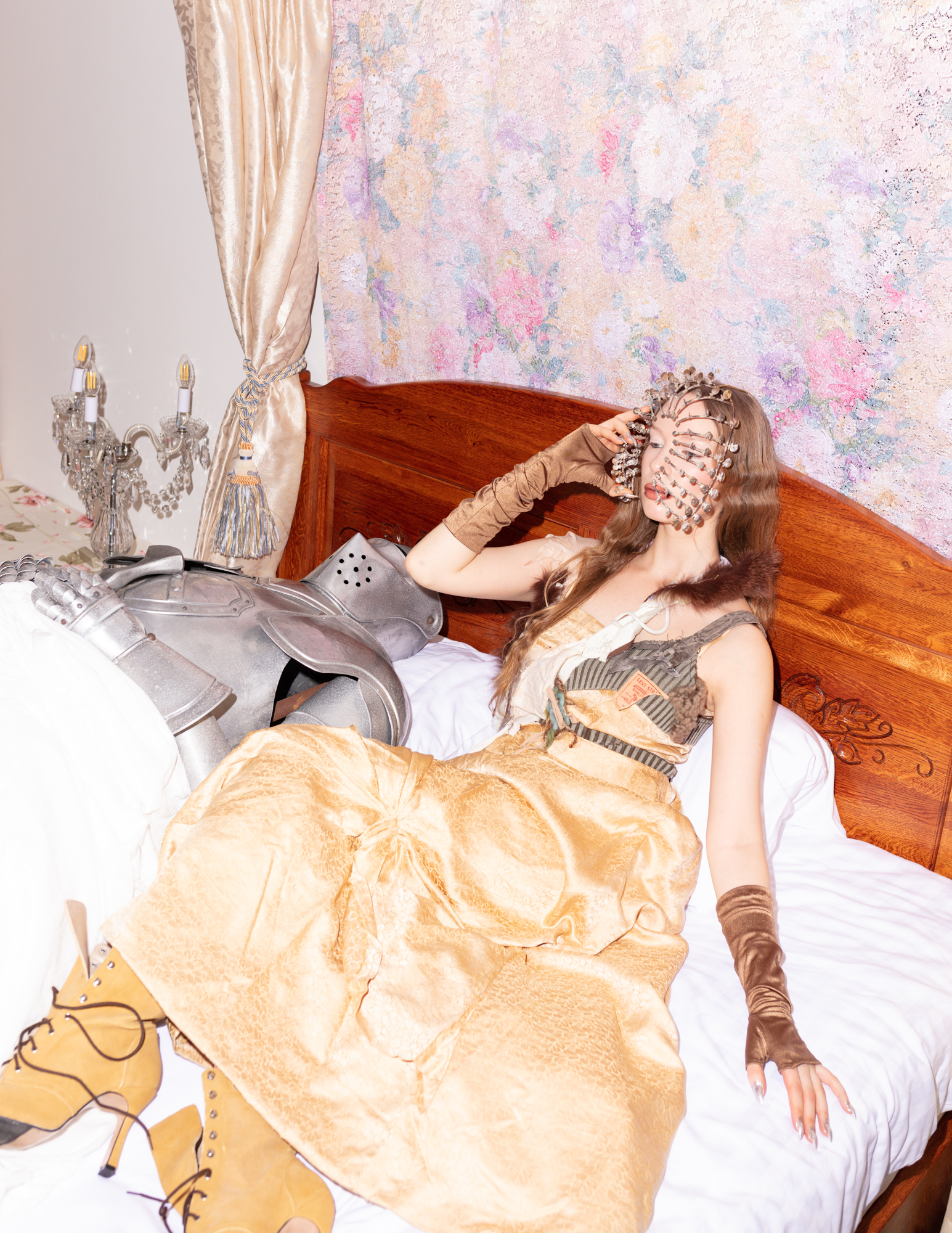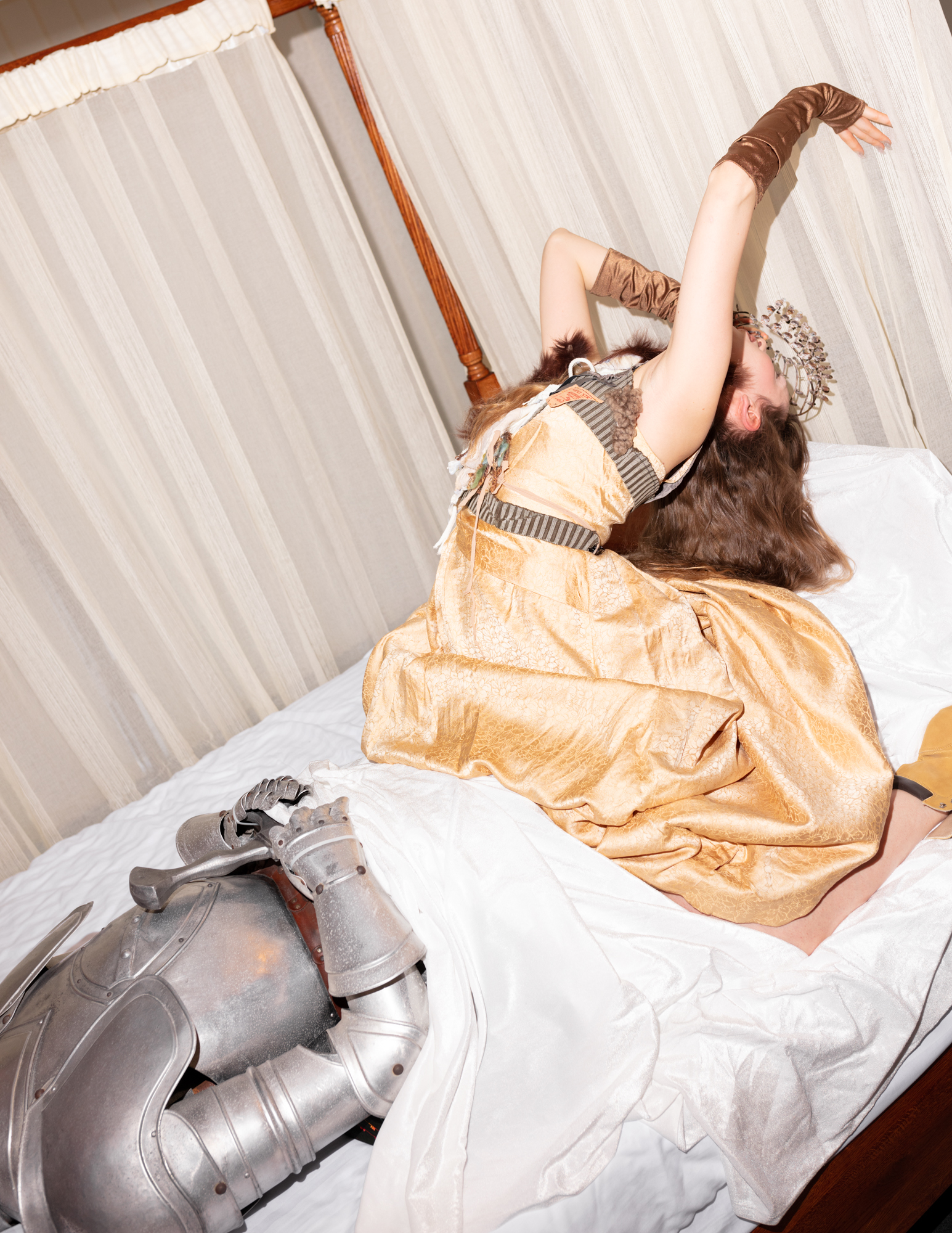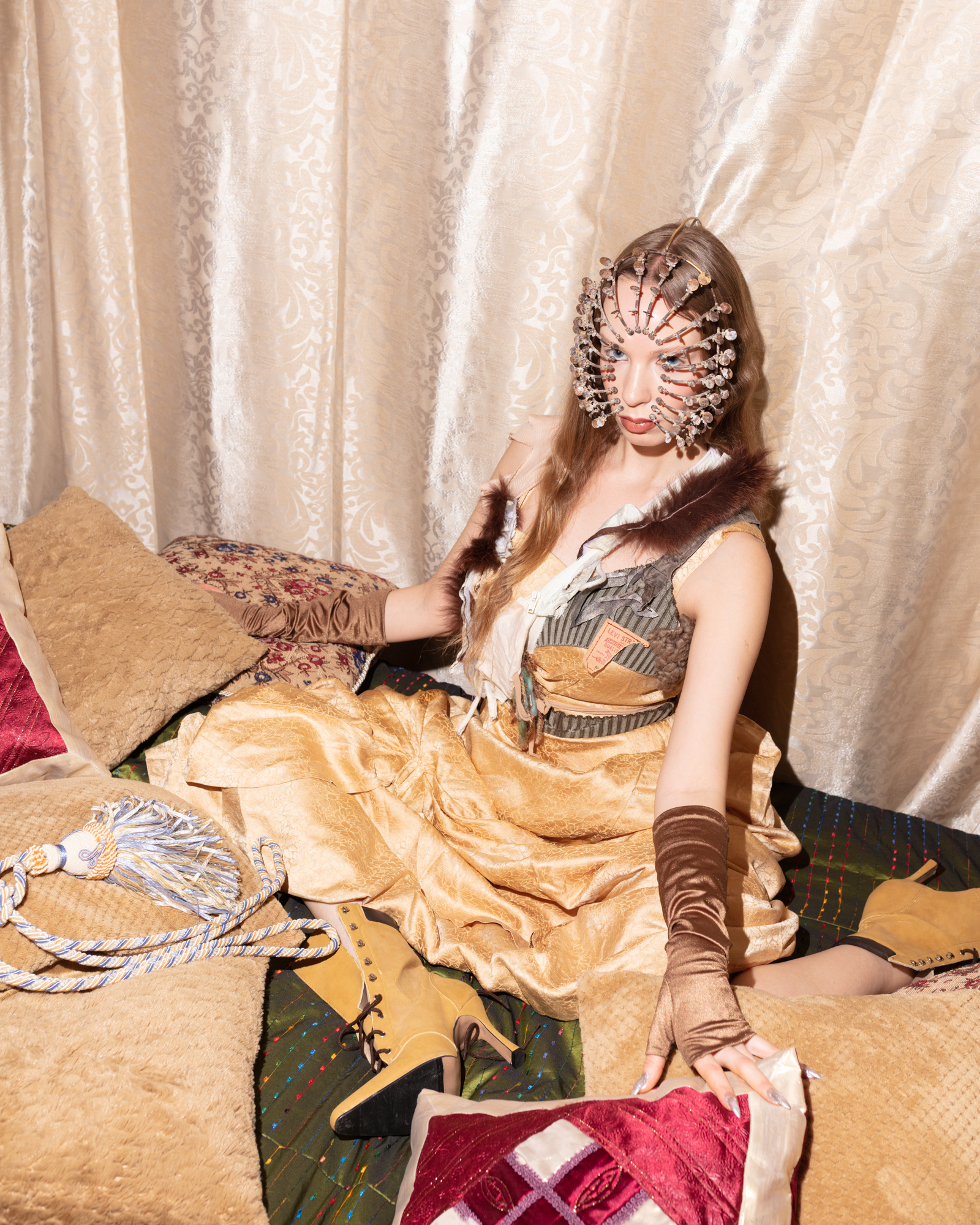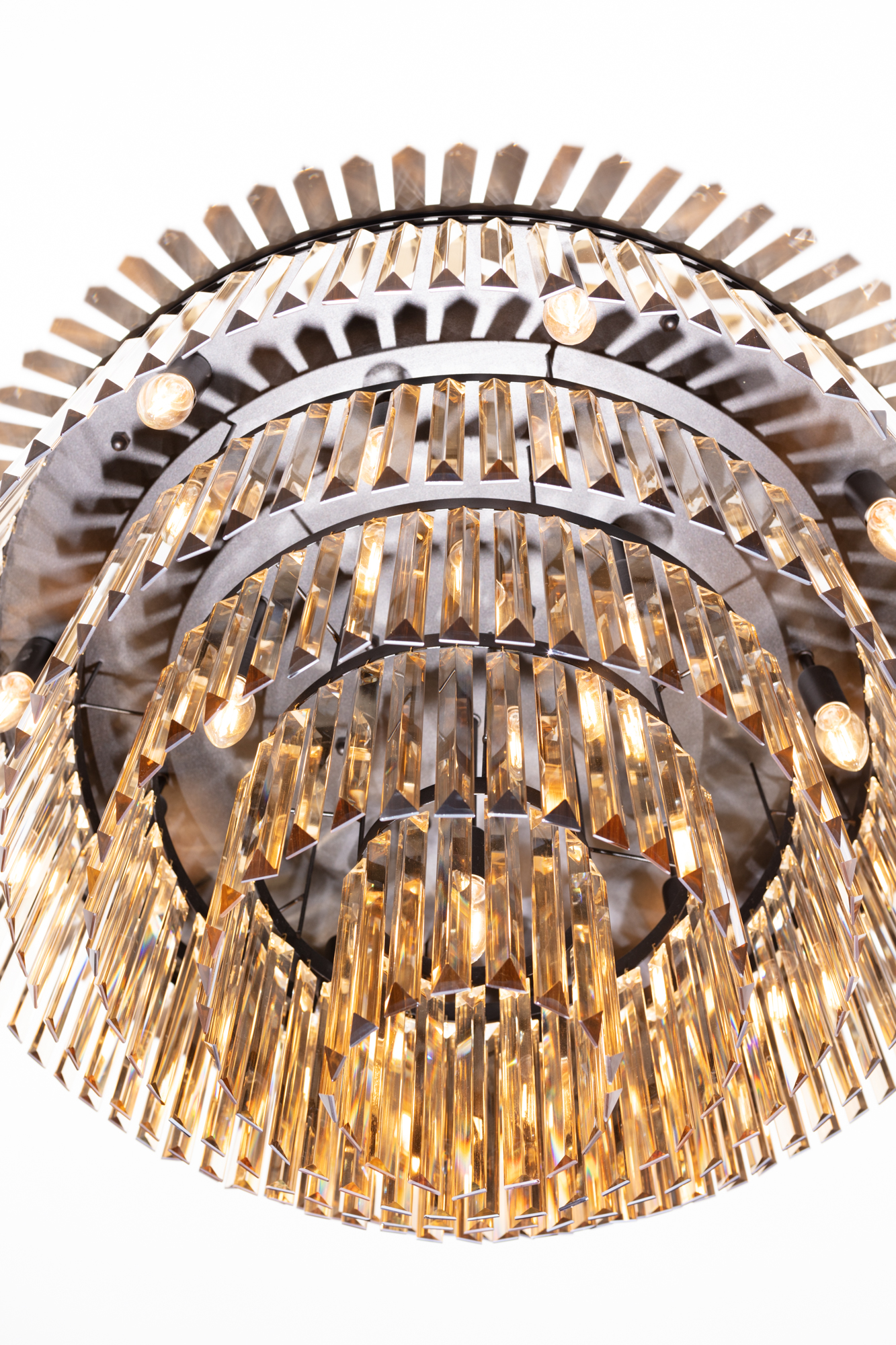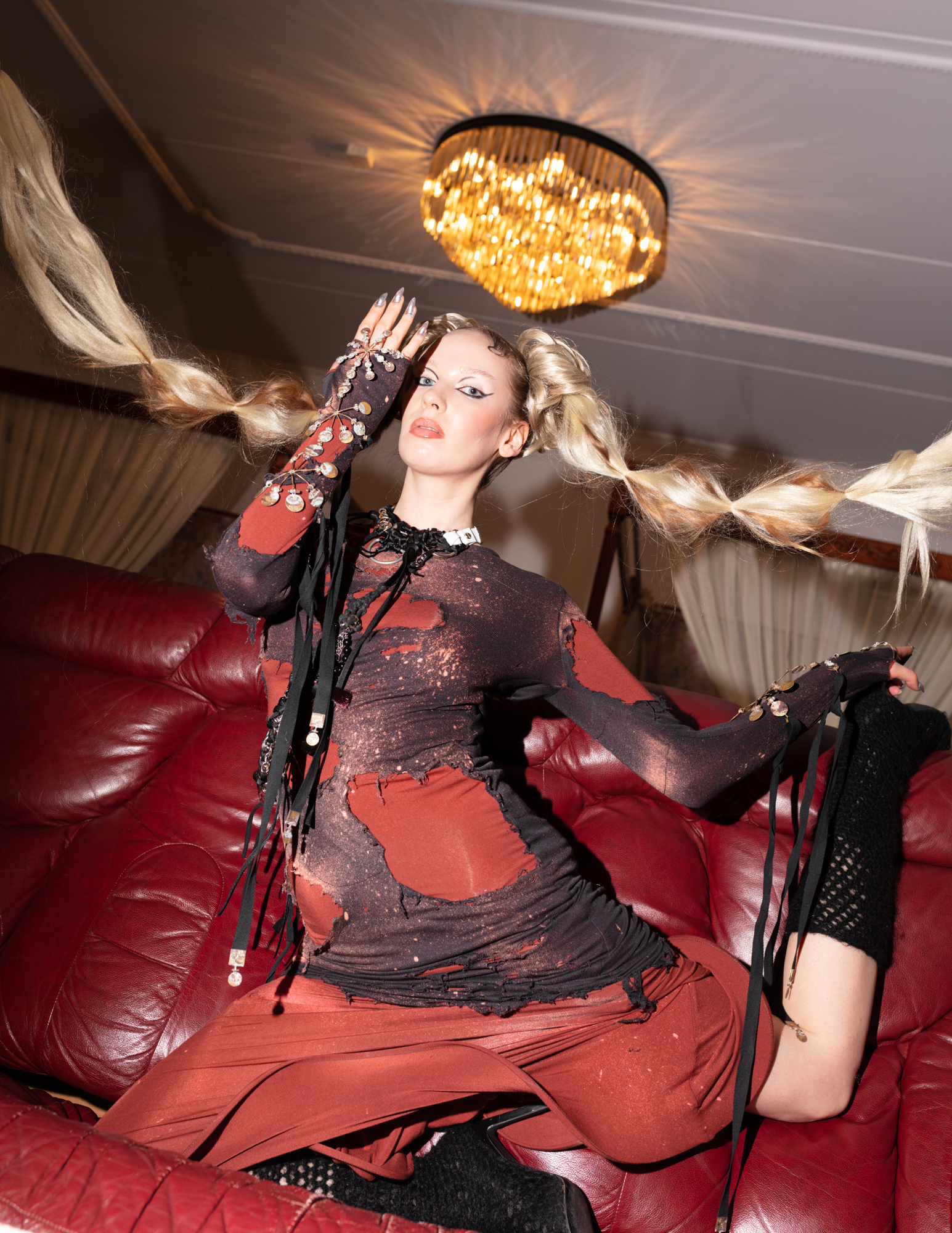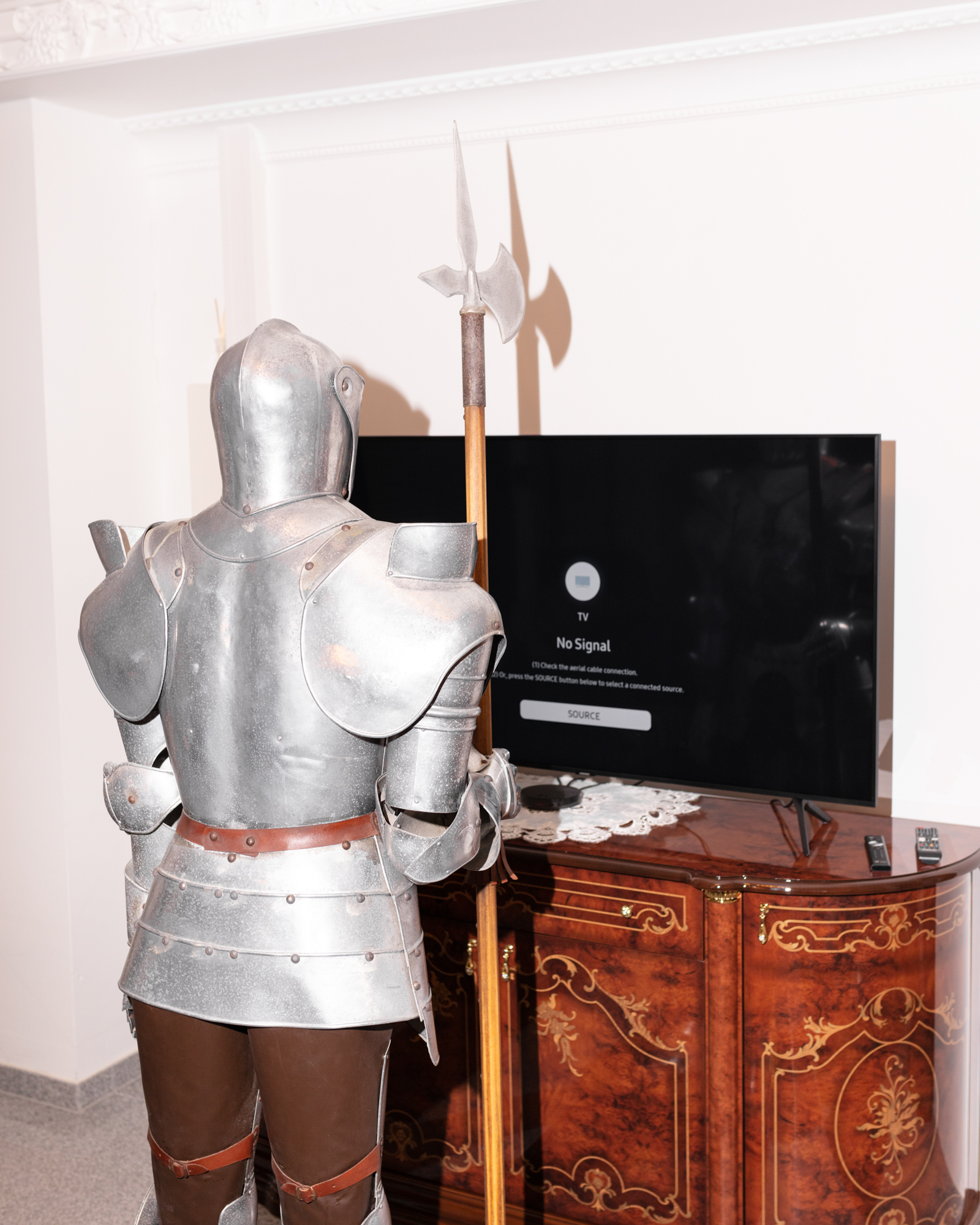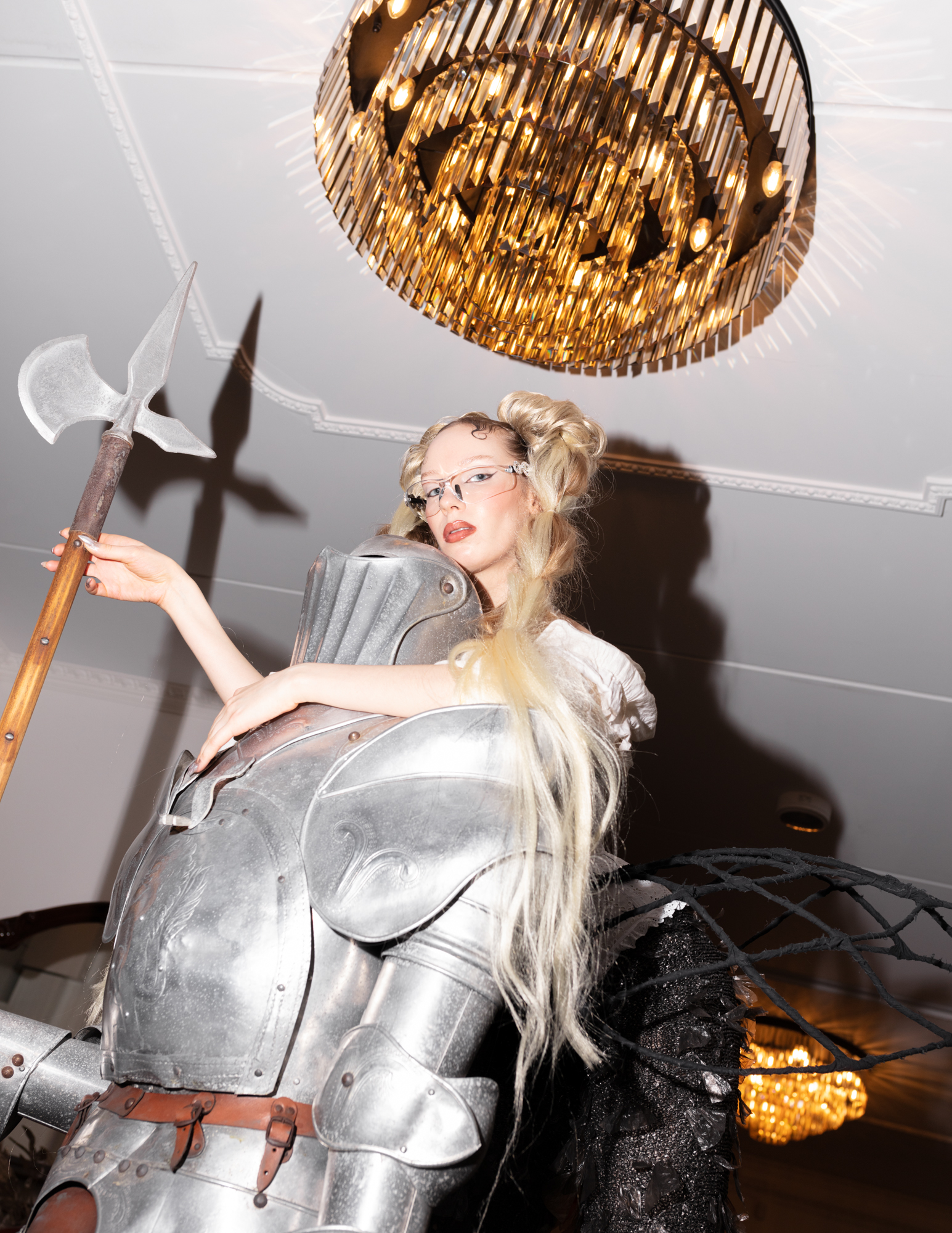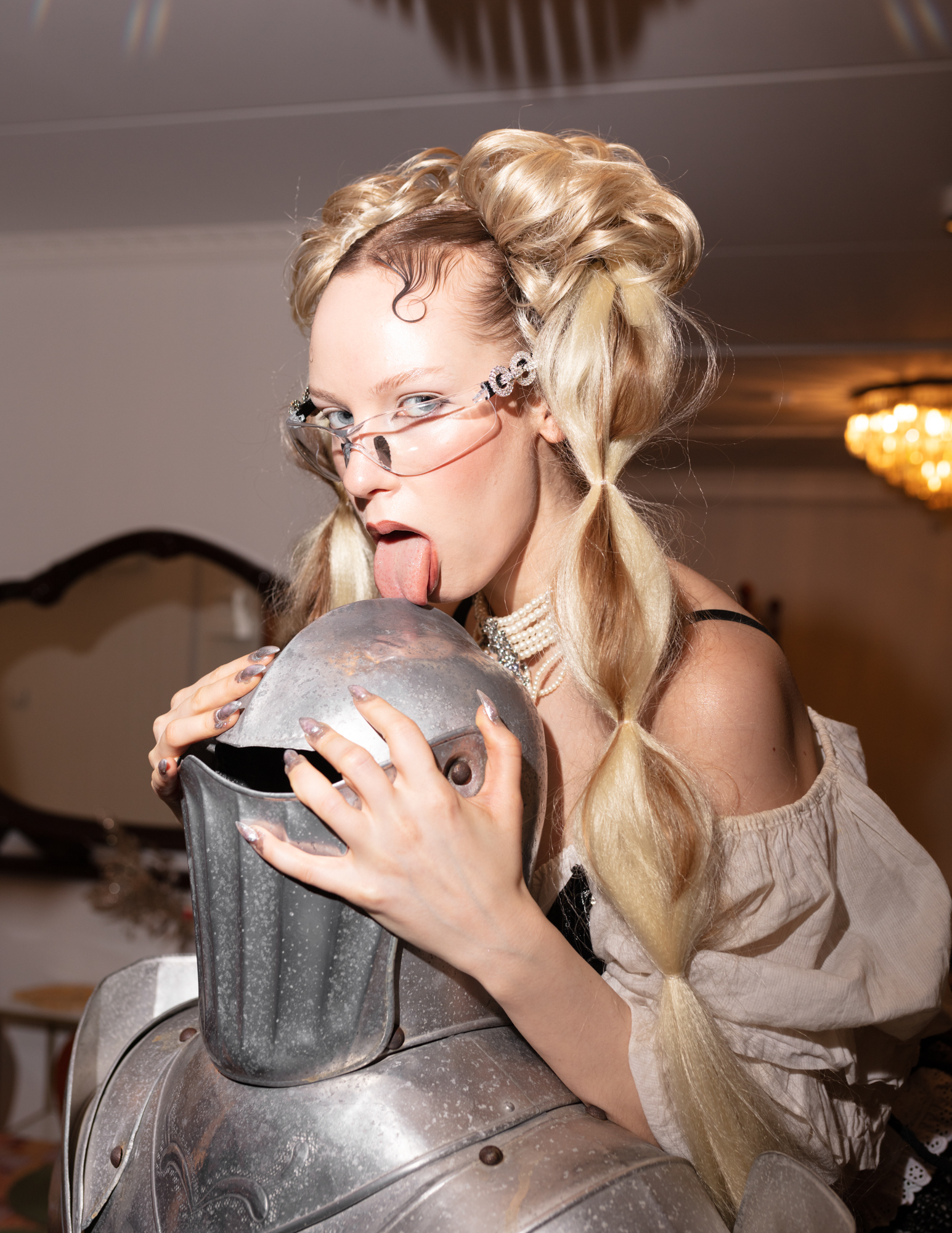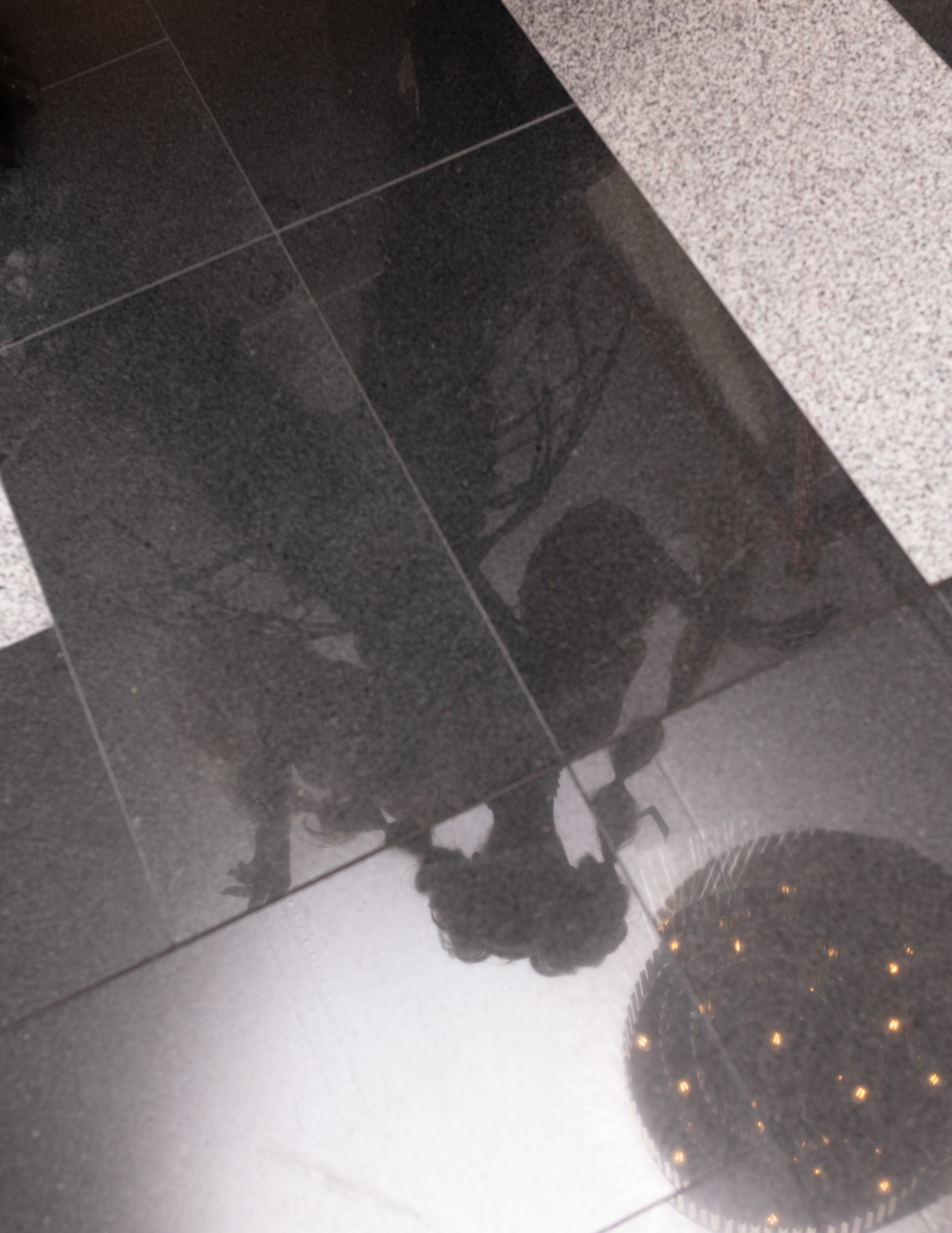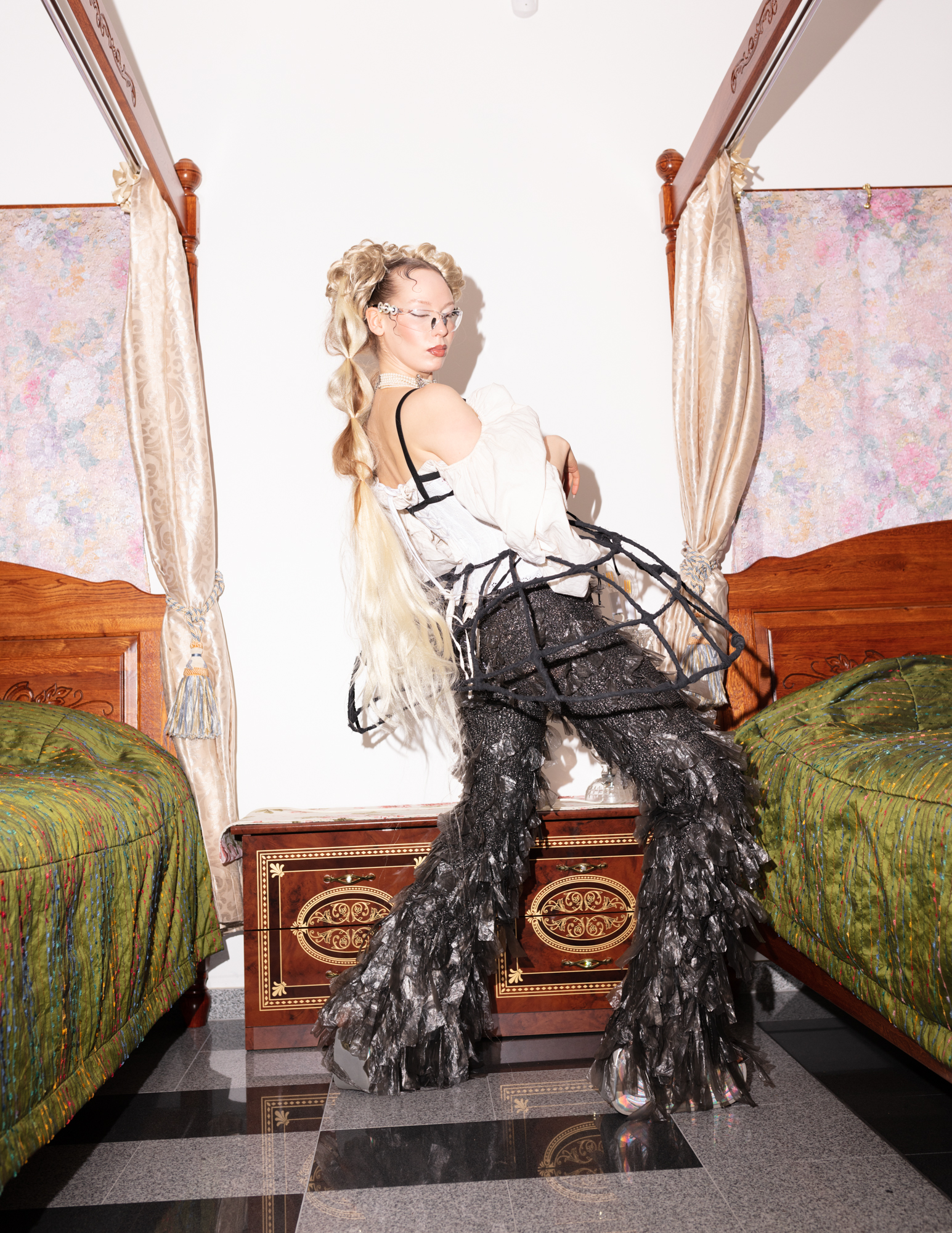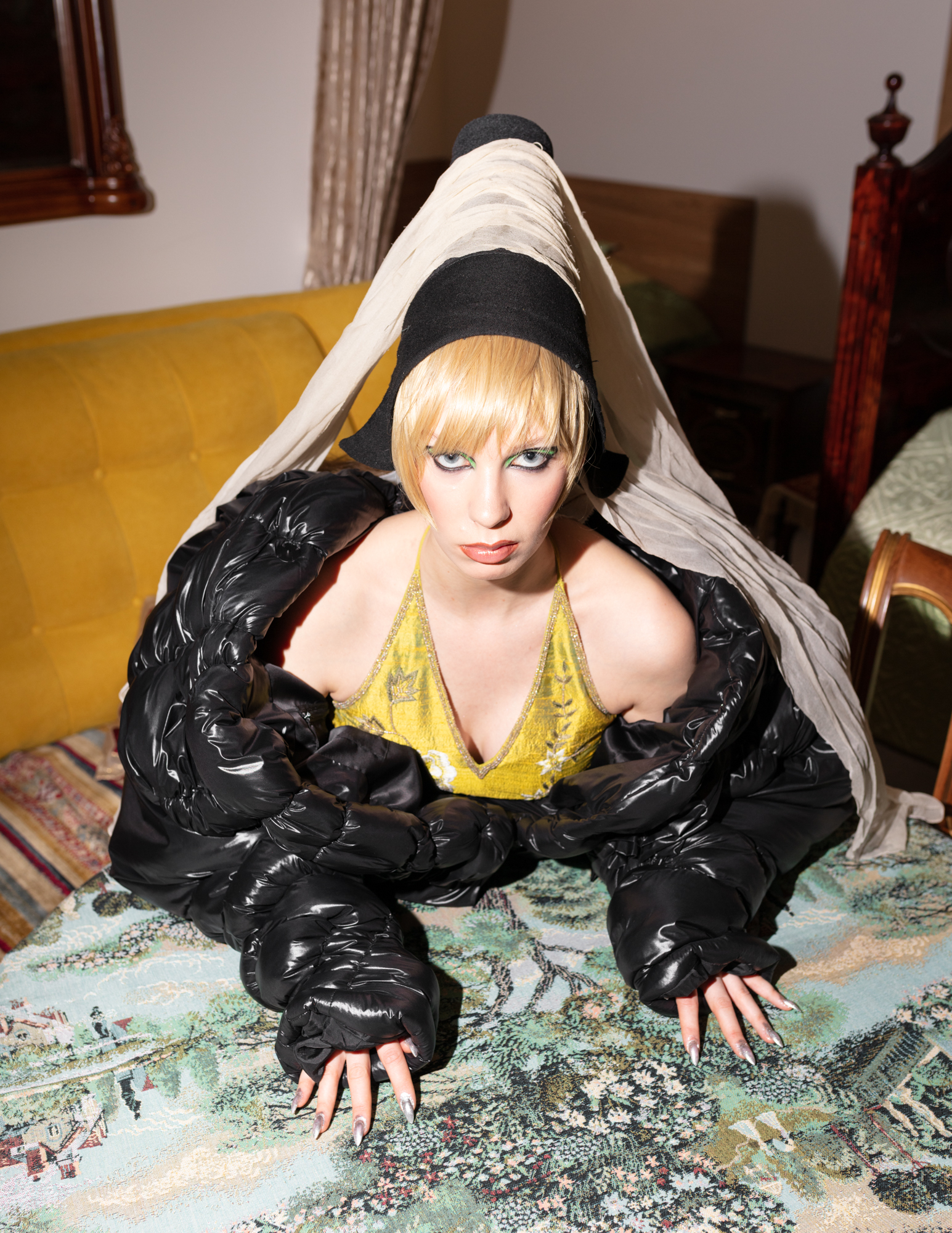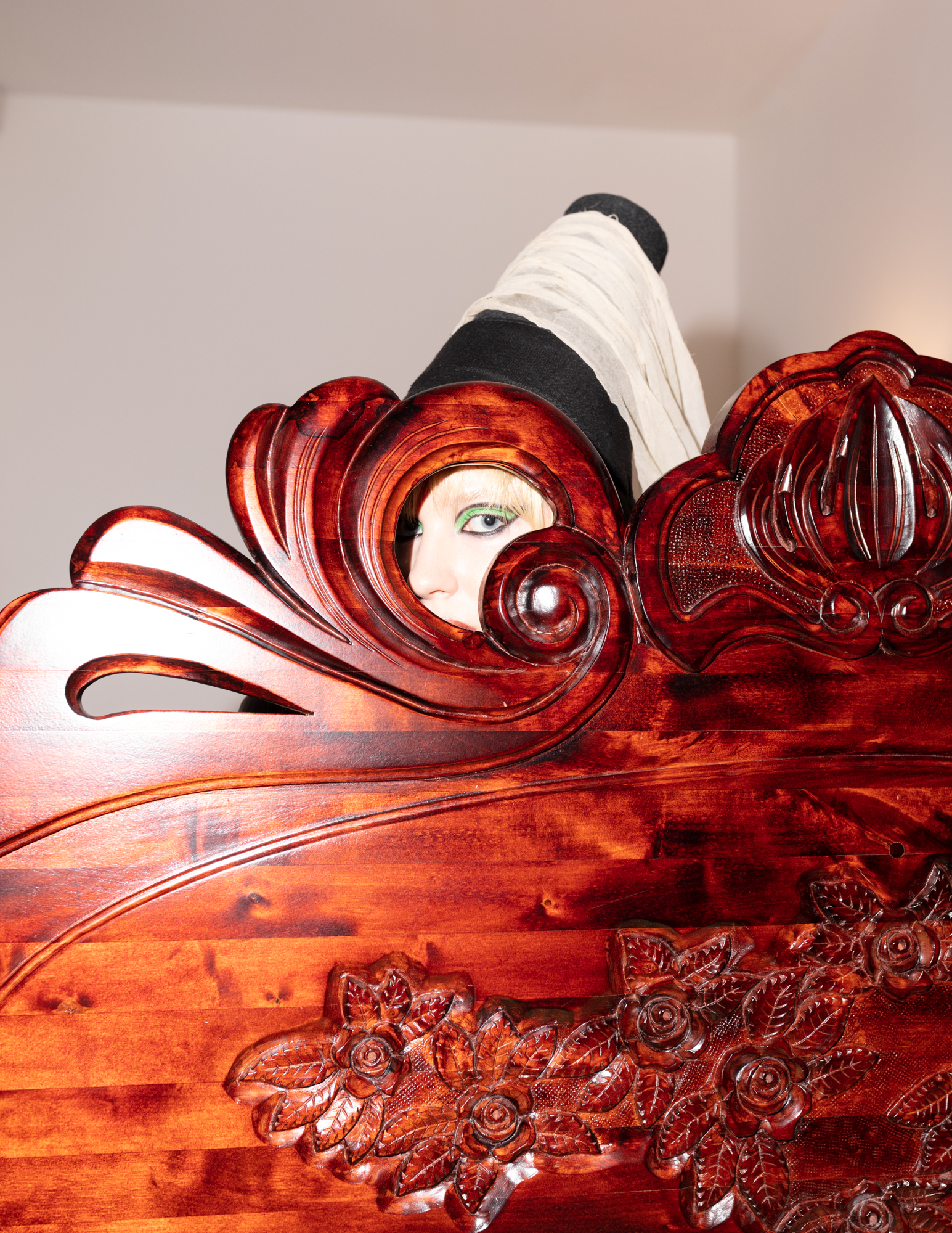When looking at imagery from medieval times it’s surreal to think about life in such a context. With incredibly fast
paced advances in technology and science perhaps it’s becoming more exciting to look at the past. Upon looking
back at my life 10 or 15 years ago, it increasingly makes me realize that by comparing some imaginations we are
already living in the future. So, what’s the point in only looking for inspiration in the future, when there’s a past that
feels way more distant. Another question is if the return to medieval is a retaliation against the rampant flux of 80s
aesthetics. On one hand it feels like searching for connection with a distant past, on another it feels like a distant
fantasy.
If we’re going to look for nostalgia, why not tune it to the extreme.
In fashion we have constant attempts to bridge the gap between present and the future, but there is something very
exciting about bringing back the more distant past in a way that doesn’t include an exploitation of nostalgia, or
romanticising the imagery through movies and series. Instead, the imagination can take the direction of inventing new
narratives and blurring the lines between the past and the present, presented as almost like a parallel universe where
the relationship between form and function evolved differently. The new generations are claiming ownership of styles
that have always felt too inaccessible. A new narrative for colliding times includes fashion from young Estonian
designers, as well as garments that mostly get worn in theatres or more periodically accurate contexts. Having a
strong medieval history, it often feels like the Estonian identity is growing more and more to explore that past. Whether
it be though craftmanship or cinema, we see hints of returning to past values, without also abandoning modern
technologies. Trying to capture these shifting identities, through themes of romantisation in modern creative
expression, we see a narrative where timelines meet, and influences converse.
